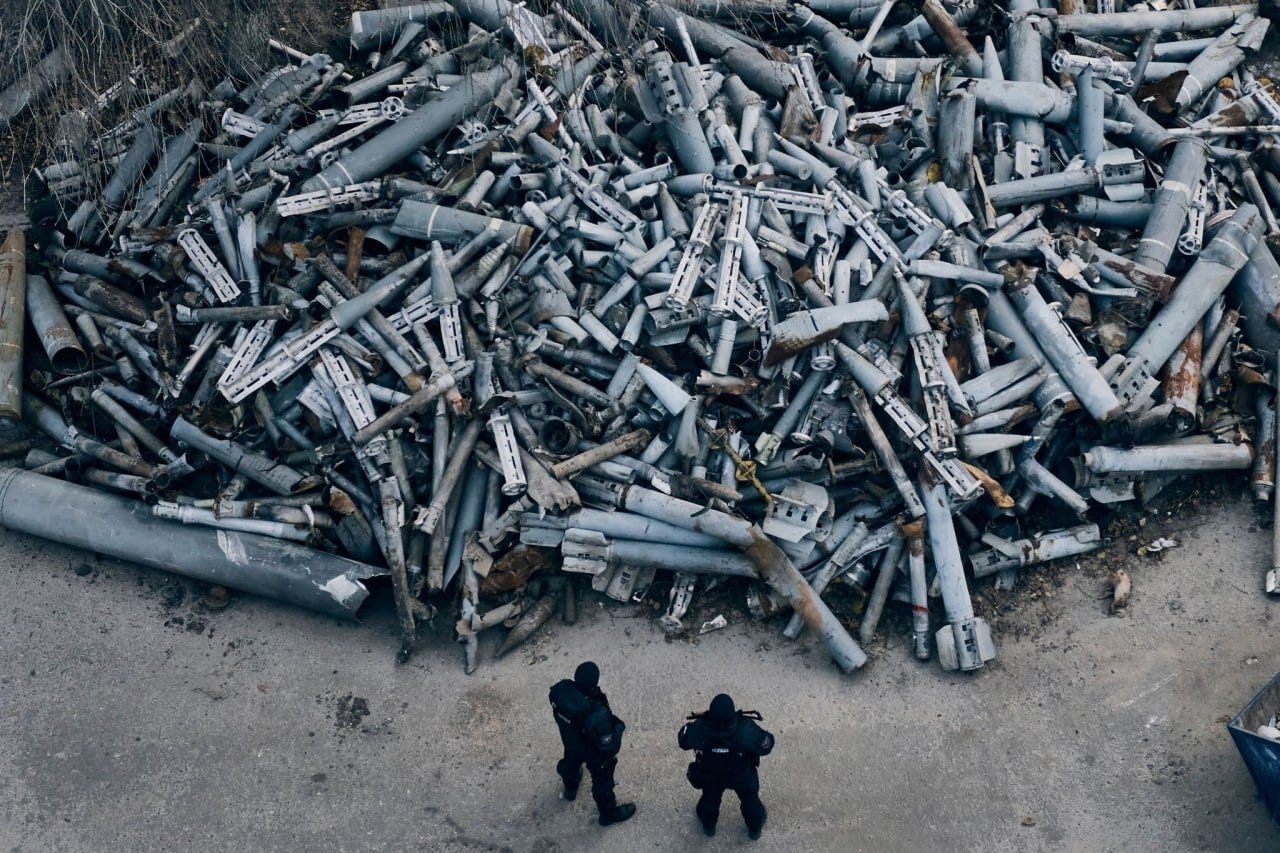Which War Wore It Better?
Artillery aesthetics
Above is a stack of rocket projectiles collected as scrap in the city of Kharkiv, Ukraine’s second-largest, which has been shelled and rocketed since February. Below is a dump of spent ammunition casings from the heavy guns of a British divisional artillery unit.
Artillery wars are resource-intensive, consuming roughly half the logistical capacity of an…
Keep reading with a 7-day free trial
Subscribe to Polemology Positions to keep reading this post and get 7 days of free access to the full post archives.


